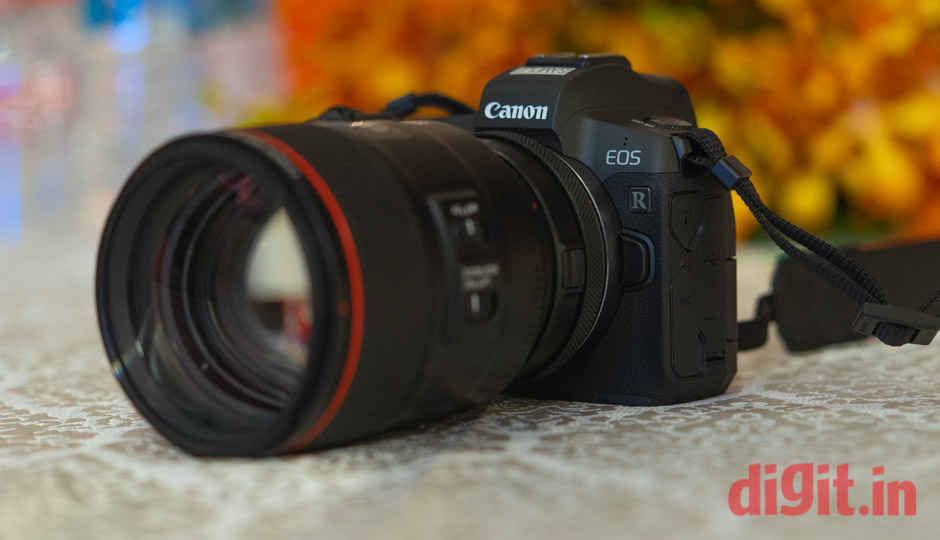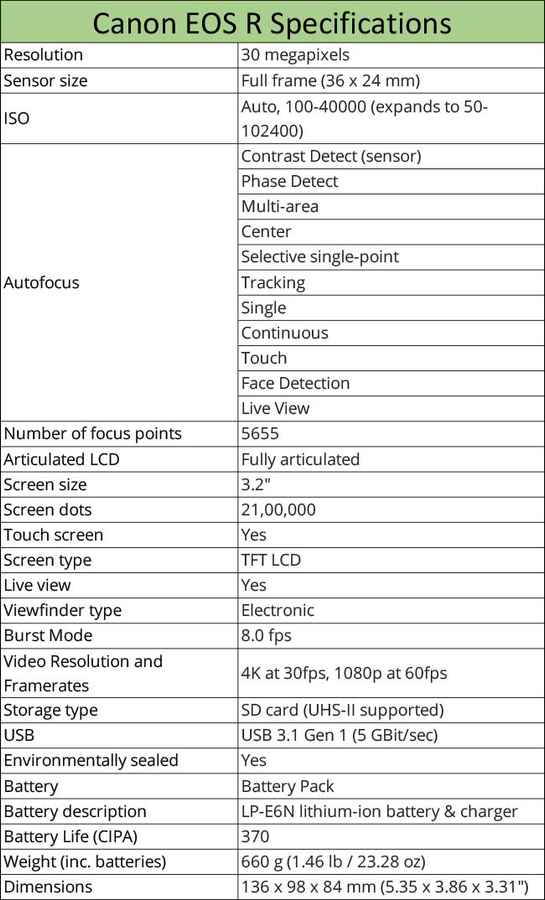Canon EOS R first Impressions: Evokes mixed emotions
The Canon EOS R sports a 30-megapixel full frame sensor and a brand new RF lens mount. The camera lacks in-body image stabilisation and shoots 4K at 1.7x crop, which may not excite a lot of people.

Canon has announced the India pricing and availability of the Canon EOS R today, along with associated lenses and mount adapters. The camera goes on sale later next month and while we still wait for Canon to share a review unit with us, I made sure to spend some time with the camera getting a feel for it. Unlike the Nikon Z6 and Z7 that launched two days ago which felt a lot like Nikon’s own DSLRs, the Canon EOS R feels not like any DSLR Canon has ever launched. After spending some time with the camera and shooting with it, here are my first impressions. If you’re looking for image samples, I suggest you stop reading now as Canon India was adamant about not letting any samples being pulled from the camera as the units on display were demo units and not final.
 Survey
SurveySpecifications
The Canon EOS R sports a full frame 30-megapixel sensor. In order to incorporate the sensor into a smaller body, Canon has developed the RF mount with a width of 54mm. You can see the full camera specs in the image below.
Build and Design
The Canon EOS R weighs 660 grams, and the minute you pick it up, its heft is quite obvious. It’s not the weight that hits you, but the “hardness” that you’ve wrapped your hands around. The magnesium alloy build of the EOS R feels extremely sturdy. The button layout is interestingly different and in the 45 minutes I spent with the camera, it would be unfair to call the arrangement “poor.” There is no joystick for moving the focus points around, a staple across all Canon professional DSLRs. Instead, there is a touch sensitive strip right next to the eyepiece which can be configured to perform up to three operations. The jog dial is missing as well and has instead been replaced by a four-way button. The whole thing feels rather new, to be honest and not like a miniaturization attempt by Canon. We will have to spend more time with the camera to see how sensible the ergonomic changes are. For that, you’re going to have to wait for our full in-depth review.
Performance
Canon India prohibited us from copying any image of video files from the cameras on demo as these were all production units. Unlike Nikon, Canon was not accommodating of our request despite assurances that we would use the images with a disclaimer that the images were shot on a production model. Unfortunately, we have no camera samples to share, but there is some experience we can write about.
The EOS R unit that I played around with had the new Canon RF 50 mm f/1.2 mounted on it. The duo worked together very well, focusing on my subject almost instantly even in a dimly lit passageway. Shooting in all sorts of mixed lighting, the lens did not hunt even once. The 5,665 focus points (yup, you read that right) work well to help the lens acquire focus. Looking at the
Unfortunately, the camera lacks in-body image stabilization, although we were told at the Canon event that the “sensor compensates for the movement”, but we’re not sure what that even means. Shoji Kaihara, Senior General Manager, Imaging Communications Business, confirmed to Hardware Zone, a Singapore based publication that the company was not able to achieve putting IBIS into the EOS R at launch due to various aesthetic and other concerns. So for now, you’re going to have to rely on lenses with built-in image stabilization.
There’s no doubt Canon has made some very amazing products, so discounting the EOS R for the lack of IBIS is unfair. Only when the camera has been put through its paces in our review process will know whether this camera is a worthy addition to Canon’s professional line-up of cameras.
First Impressions
The Canon EOS R is a natural outcome of the changing landscape. As such, Canon has had plenty of time to develop the camera as Sony readied the market for accepting the full-frame mirrorless camera. The EOS R brings a lot of Canon’s tried and tested heritage to the mirrorless form-factor, but professionals are looking for more than lineage. With no in-body image stabilization and a maximum burst rate of 5fps with AF Tracking, it may appear that Canon’s EOS R is missing critical features, but it is only when we review the camera will we know whether these omissions hold the camera back or not.
Swapnil Mathur
Swapnil was Digit's resident camera nerd, (un)official product photographer and the Reviews Editor. Swapnil has moved-on to newer challenges. For any communication related to his stories, please mail us using the email id given here. View Full Profile




